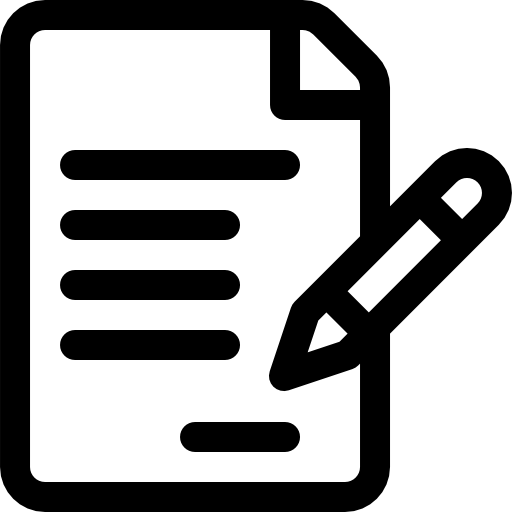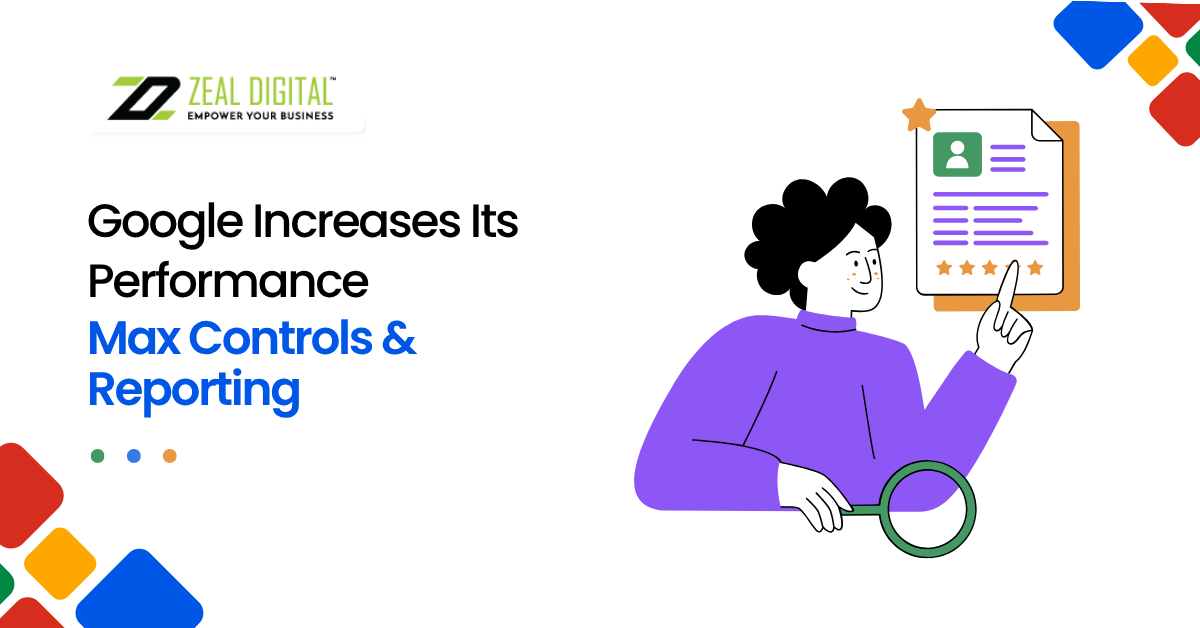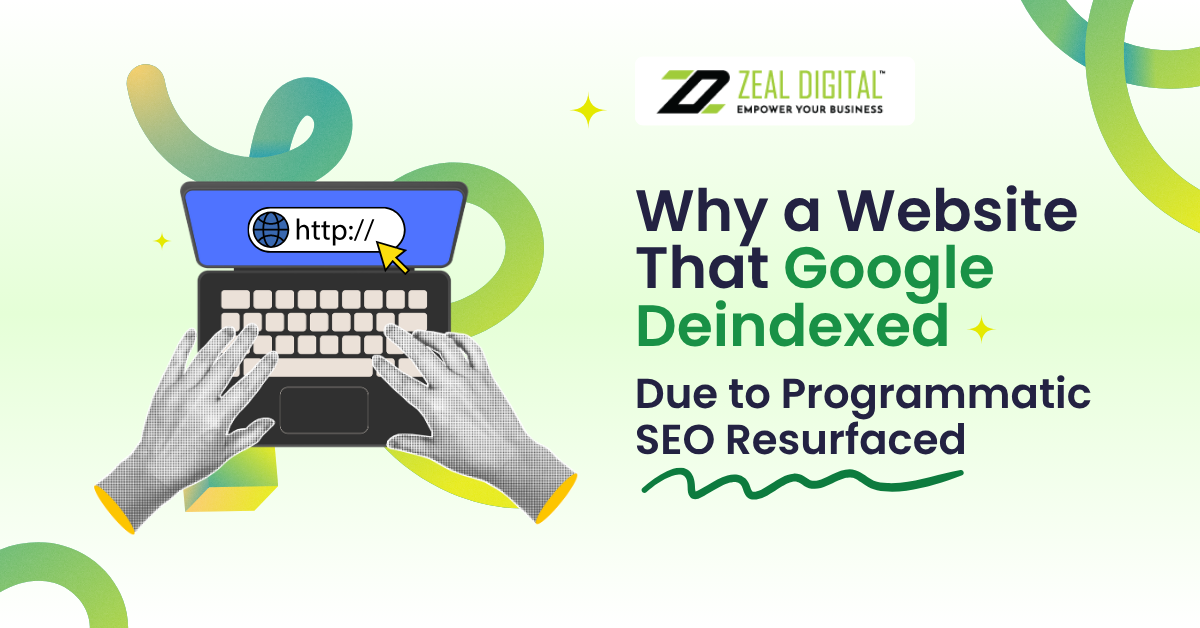Marketing efforts are typically concentrated on the two terminal stages: the top of the funnel (awareness) and the bottom of the funnel (conversion). The very heartbeat of the funnel, the mid-funnel stage, is often regarded as an afterthought. Broadened in scope due to enhanced AI PPC advertising functionalities, this stage holds a tremendous potential for business growth.
This blog discusses the importance of mid-funnel prospects and how PPC advertising powered by AI can assist in their engagement and conversion. Plus the actions to incorporate such techniques in a holistic approach.
Understanding the Funnel: Why Focus on the Mid Funnel.
- The funnel in marketing can be simplified into three crucial segments: the top, mid, and bottom.
- Top Funnel (Awareness): Prospects are beginning to realise the existence of an issue or an opportunity.
- Mid Funnel (Consideration): Prospects are aware of an issue and are seeking possible ways to solve the issue.
- Bottom Funnel (Decision): Prospects want to buy something and need to determine which provider or offer to accept.
Most marketers thrive on top-funnel traffic simply to feed the volume, while bottom-funnel hops are left to convert to revenue. Analysts have noted that the most pronounced form of activity in the middle of the funnel is interest. The switching intent is much higher during this stage. In the mid-funnel stage, prospects are looking at comparisons, reading reviews, assessing different options, and narrowing their choices. While they may seem far from the purchase, they are quite closer than they think and still open to persuasion and differentiation.
Not addressing this stage of the funnel results in the loss of leads that would have been very easy to convert at the right time. Only focusing on day-zero (ready-to-buy) or day-hundred (first brand touchpoint) leads ignores this important zone of the funnel.
Why AI PPC Works Especially Well for the Mid-Funnel
Mid-funnel engagement requires personalisation, timing, relevance, and a subtle touch. AI-driven PPC offers capabilities that align neatly with these requirements:
1. Precision targeting
AI can quickly analyse large datasets (user behaviour, past interactions, search signals) to identify prospects who are already aware of your product category, have visited your site or consumed relevant content, and are likely in the “considering” stage. Rather than blanket targeting, you reach qualified prospects.
2. Smart bidding & conversion value optimisation
Where bottom-funnel bids often optimise for immediate purchases, mid-funnel bids should optimise for high-quality leads or conversion value (for example: a white paper download, a webinar sign-up, a product demo). AI bidding strategies like Target ROAS, Maximise Conversion Value and Smart Bidding can prioritise the leads that matter.
3. Dynamic creative & message personalisation
Mid-funnel prospects expect more than generic “buy now” messaging. They want tailored insights: comparisons, benefits, proof, trust signals. AI PPC tools can dynamically assemble and serve varied assets (headlines, visuals, videos) aligned with audience signals, delivering the right message at the right moment.
4. Efficient remarketing and nurturing
Mid-funnel audiences have often already shown interest (visited your site, consumed content). AI-powered remarketing can automatically segment and re-engage these users with personalised offers, helping convert traffic that’s already warm but not yet ready to buy.
5. Scalable measurement & optimisation
Within the complexity of measuring mid-funnel actions (such as downloads, video views, and demo requests), decision making inertia is eliminated. AI uses these actions to streamline the targeting, bids, and budget re-allocation from low to high intent mid-funnel segments.
Broader than this, using AI PPC mid-funnel is about automating the recon and the convert, helping interested pros closer to making the buy without pushing too early, and doing it at scale.
Key AI-PPC Techniques for the Mid-Funnel
Below are the most actionable tactics to engage mid-funnel prospects using AI-driven PPC.
Technique 1: Audience Segmentation & Custom-Intent Targeting
- Use first-party data like site visitors, content downloaders, and webinar attendees to create your custom segments.
- Apply any platform as well as Google’s audience signals in-market, custom intent, and similar audiences to reach people actively looking for solutions.
- Exclude top-funnel audiences (very broad) and bottom-funnel audiences (those likely to buy) so your spend optimally targets the “consideration” zone.
- These segments should be entered into smart bidding campaigns where the AI decides which ones cost the most to convert.
Technique 2: Dynamic Asset Variation & Responsive Ads
- Provide multiple headlines, description variants, images and videos. AI tools will mix and match to find the best performing creative combinations.
- Ensure your assets speak to mid-funnel concerns: product comparisons, case studies, testimonials, “why us” messaging.
- Use dynamic remarketing creatives that reference earlier interactions (Example: visitor of product-page “X”) and show tailored offers or content based on that behaviour.
- Continuously analyse asset-level performance and refine the set. Remove under-performers, test new angles, escalate what works.
Technique 3: Bidding for Value-Not Just Volume
- Define conversion actions that indicate strong intent but may not be purchased yet: demo bookings, quote requests, white-paper downloads, free trials.
- Assign values to each conversion type (Example: demo = $150, download = $50) within the ad platform.
- Use Target ROAS or Maximise Conversion Value bidding to let AI bid towards higher-value actions rather than just more actions.
- Import offline conversion data (CRM results) if possible, so AI learns which mid-funnel leads truly convert downstream.
Technique 4: Smart Exclusion & Negative Lists
- To keep mid-funnel traffic high-quality, exclude very low-intent queries or audiences (Examples: “jobs”, “free download”, “cheap alternatives”).
- Use negative keyword lists or audience exclusions to filter out “just browsing” or “early research” traffic.
- This ensures you invest in prospects who have signalled interest and reduces wasted spend.
Technique 5: Multi-Channel & Cross-Device Consistency
- Mid-funnel prospects might see you on desktop first, then mobile, then video. Use AI PPC campaigns that span Search, Display, YouTube, Discover.
- Ensure consistent messaging across channels. For example: someone who viewed your webinar gets a remarketing ad on YouTube referencing that webinar.
- AI technology can manage cross-device attribution and help you target users wherever they are in their journey.
Technique 6: Robust Mid-Funnel Landing Pages & Conversion Paths
- Don’t send mid-funnel traffic to a generic homepage. Create landing pages tailored to mid-funnel intent: comparison guides, FAQ pages, case studies.
- Use clear next steps (sign up for demo, download report, watch customer story) rather than only “Buy now”.
- Use AI-driven personalisation if possible. For example: dynamic content that reflects the user’s earlier interactions.
- Ensure landing page performance (speed, mobile-friendliness, UX) is sound – because AI-generated traffic will still judge the site experience.
Technique 7: Continuous Analysis & Refinement
- Set up measurement for mid-funnel KPIs: Engagement rate, time on site, subsequent conversion to bottom-funnel.
- Monitor which audiences, assets, channels are driving the best mid-funnel progression (not just bottom-line purchase).
- Use AI analytics to detect patterns. For example: ‘Users who downloaded the white paper and then viewed the pricing page converted 3× better.’
- Refine bids, exclude under-performing segments, scale what works, iterate creative and messaging.
Why You Must Prioritise the Mid-Funnel Now
Several factors make mid-funnel optimisation particularly pertinent to the current context:
- Escalating customer acquisition costs: There has been an increase in bottom-funnel CPCs. This makes customer acquisition at the bottom of the funnel expensive. The mid-funnel constructs a more economically-viable pathway to premium leads.
- Lengthened decision cycles: In certain industries, decision-making has more steps, entails more research, involves more participants, and entails more competition. Neglecting the mid-funnel stage in such a situation means losing leads while they evaluate your competitors.
- The state of the automation engagement: AI resources within firms have now reached a level where they can adequately handle mid-funnel activities without human intervention; i.e. managing audience segments, designing a range of creatives, and dynamic bidding strategies. Hence, the entry barriers are very low.
- The ability to gain a competitive edge: Many advertisers are still examining the upper and lower arms of the funnel. There is an opportunity to gain a competitive edge by investing in mid-funnel strategies.
- The ability to increase customer equity: Mid-funnel leads tend to convert to higher value customers as they have already gone through the buyer decision process, they have brand trust, and are less sensitive to price. Hence, investing in these leads will improve the ROI.
Practical Steps to Get Started
If you’re ready to lean into the mid-funnel and harness AI PPC techniques, here’s a step-by-step plan:
- Audit your funnel coverage – Are you over-invested in awareness and conversions but under-invested in the middle? Check which campaigns address mid-funnel intent.
- Define your mid-funnel conversion actions – Identify meaningful actions that indicate “consideration” (For example: Content download, demo request, comparison sheet).
- Gather audience signals – Use analytics and CRM to identify users who have engaged but not converted; build custom audiences around these.
- Design mid-funnel landing pages – Create pages that speak to evaluation, comparison, and trust for users who are familiar with your product but need more convincing.
- Implement AI-powered campaigns – Use Smart Bidding, dynamic ads, custom intent audiences and cross-channel orchestration. Set your bidding targets to value-based metrics.
- Exclude low-intent traffic – Build negative keyword lists, exclude early-stage audiences and irrelevant placements to protect budget.
- Launch measurement & reporting – Set up dashboards for mid-funnel KPIs and monitor progression from engagement → lead → conversion.
- Test, iterate, scale – Review asset performance, audience segments, landing page behaviour regularly. Use AI insights to inform changes and scale successful strategies.
Common Mistakes to Avoid
- Using top-funnel tactics for mid-funnel traffic: Broad messaging and awareness ads don’t work for people in the “evaluation” stage. They need information, proof, and differentiation.
- Treating mid-funnel leads like bottom-funnel buyers: Trying to hard-sell conversion too early can scare off prospects who were open to investigating.
- Neglecting creative variation: Mid-funnel audiences expect relevance and depth. If you use the same ad everywhere, you’ll lose engagement.
- Ignoring measurement of mid-funnel metrics: Only tracking purchases misses the value of leads who later convert. Recognise the long path to purchase.
- Relying solely on automation without strategy: AI is powerful, but without proper setup (audiences, conversions, exclusions), you’ll waste the budget. Strategy + automation wins.
Success Story: How One Business Expanded via Mid-Funnel AI PPC
Let’s walk through a simulated example: A mid-sized B2B software-as-a-service (SaaS) company with a long sales cycle.
- They found many site visitors downloaded a white paper but did not request a demo.
- They created a custom audience of white-paper downloaders and retargeted them with comparison-based ads (“How our software compares to X”), using dynamic remarketing.
- They assigned a high value to demo requests ($400) in their conversion settings and used Target ROAS bidding to optimise for this value.
- They excluded early-stage audiences (blog readers, research traffic) and low-intent queries (‘free’, ‘tutorial’, ‘what is’).
- Over 12 weeks, they reduced cost-per-qualified-lead by 25 %, increased demo requests by 40 %, and reported higher pipeline value from those mid-funnel leads compared with generic traffic.
The key: Focusing on the evaluation stage with AI PPC tactics unlocked leads that previously slipped through.
Looking Ahead: The Future of Mid-Funnel AI PPC
- Greater personalisation: AI will more finely customise advertising and landing page copy to a user’s behaviour and stage in the lifecycle.
- Better value prediction: Machine learning will more accurately predict future value of a lead, enabling bidding not just for actions, but for anticipated revenue.
- Seamless cross-channel orchestration: Unified AI orchestration will nurture mid-funnel prospects across search, display, video, social and email.
- Improved integration of first-party data: As third-party cookies die, AI PPC will increasingly use CRM, website engagement, and offline conversion data to find and target mid-funnel audiences.
- Continuous measurement and attribution evolution: Mid-funnel engagement and longer sales cycle multi-touch influence will be more accurately captured by attribution models.
Conclusion
Not addressing the mid-funnel can mean lost income opportunities. These prospects have an interest, are assessing solutions, and are getting closer to completing a conversion, yet they are frequently underserved. By using AI-driven PPC strategies, like focused audiences, smart bidding, dynamic creative, evaluation stage user remarketing, and value-based measurement, acquisition pipelines can be improved, and lead quality can be enhanced. This, in turn, expands the reach of the business.
For businesses seeking to unlock the full potential of digital advertising, including those operating at the local level, engaging with specialist services and strategic partners is wise. Whether you’re ensuring your mid-funnel strategy is finely tuned or your full-funnel journey is aligned, a trusted advisor like Zeal Digital helps maximise results and integration.
If you’re looking to leverage these approaches in your region, consider how combining PPC strategy with comprehensive digital work, including local optimisation like SEO in Wentworthville can deliver stronger outcomes across both visibility and conversion channels.
FAQs:
2. Why do many businesses overlook mid-funnel marketing?
Most brands prioritise awareness (top-funnel) or conversions (bottom-funnel) because these results are easier to measure. The mid-funnel, however, deals with long-term nurturing and education, results that are harder to track but often more valuable in generating high-intent leads.
3. How does AI improve PPC performance at the mid-funnel stage?
AI enhances PPC by analysing audience behaviour, identifying mid-funnel intent signals, and automatically serving personalised ads at the right time. It helps optimise bids, create dynamic creatives, and re-engage warm leads efficiently, improving conversion potential without wasted ad spend.
4. What kind of content works best for mid-funnel audiences?
Content that builds trust and addresses consideration-stage questions works best including comparison guides, customer testimonials, case studies, explainer videos, and webinars. The goal is to educate and persuade, not push for an immediate sale.
5. Can remarketing be used for mid-funnel engagement?
Absolutely. Remarketing is one of the most effective AI-PPC strategies for mid-funnel audiences. It helps re-engage users who’ve interacted with your brand before (like website visitors or video viewers) with relevant follow-up messages that move them closer to conversion.
6. What KPIs should be used to measure mid-funnel success?
Mid-funnel KPIs include metrics like engagement rate, time on site, downloads, demo sign-ups, webinar attendance, and assisted conversions. These indicators show audience interest and progression toward the decision phase rather than immediate sales.
7. How can small businesses start implementing AI PPC mid-funnel strategies?
Small businesses can begin by identifying mid-funnel audience segments using first-party data (from CRM or website analytics). They can then launch AI-optimised campaigns targeting those users with relevant ads. Start small, use automated bidding, monitor performance, and scale as results improve. Pairing this with ongoing local marketing efforts like SEO in Wentworthville can further strengthen visibility and conversions.





